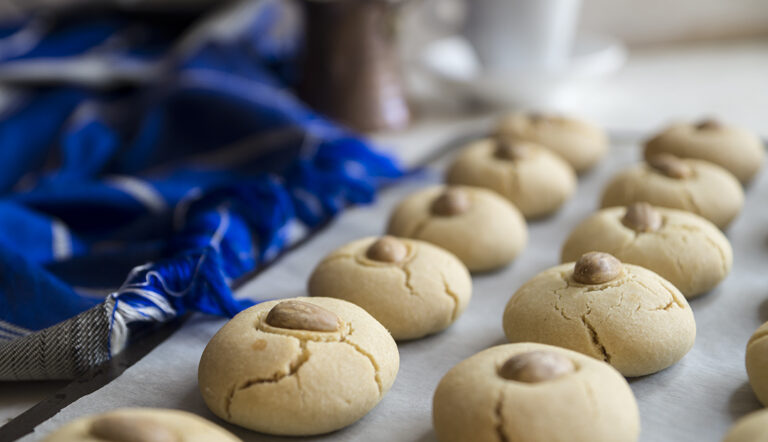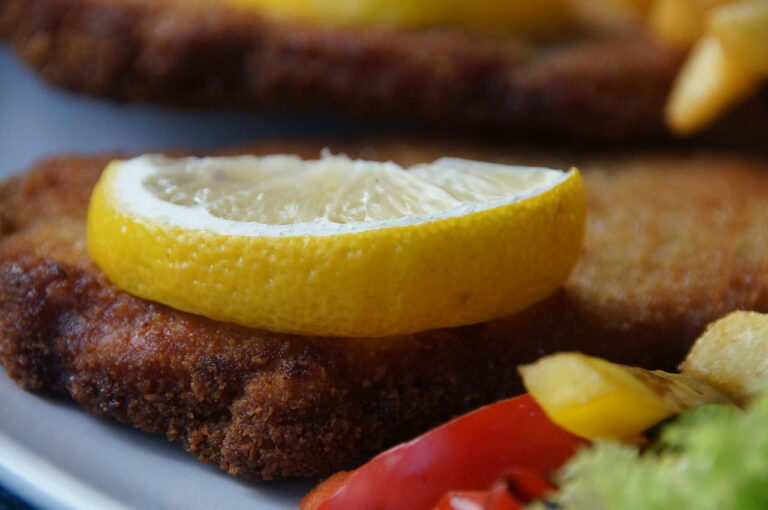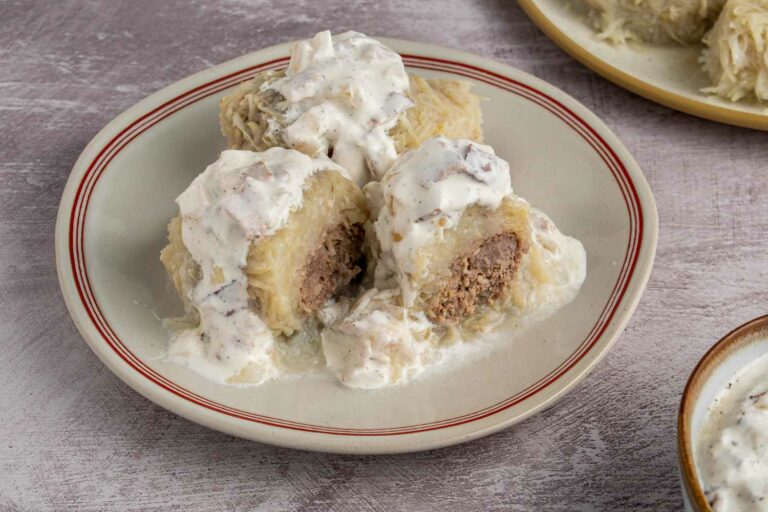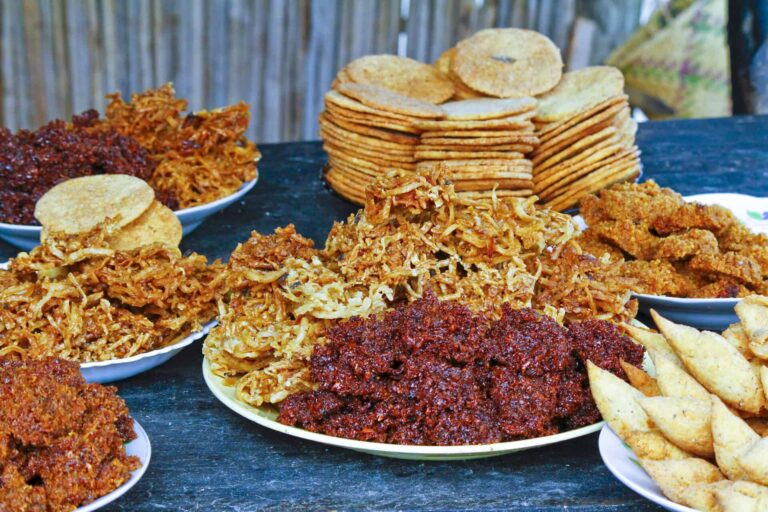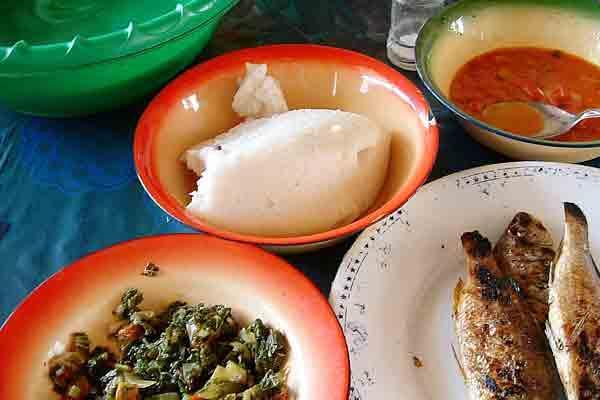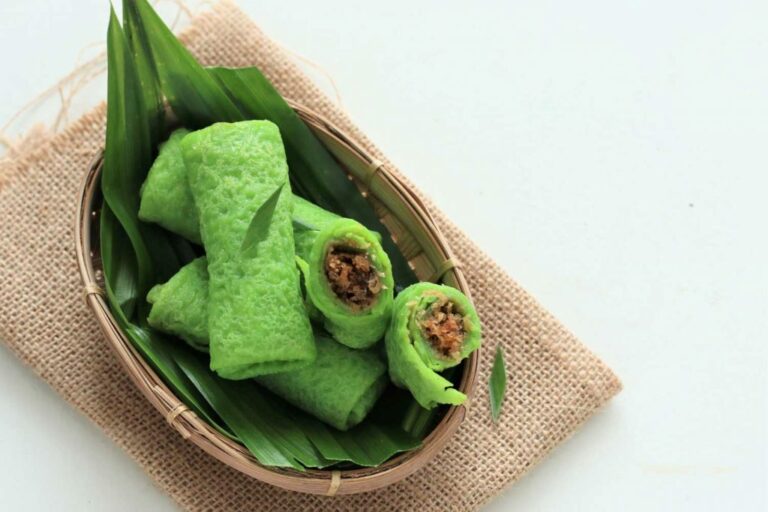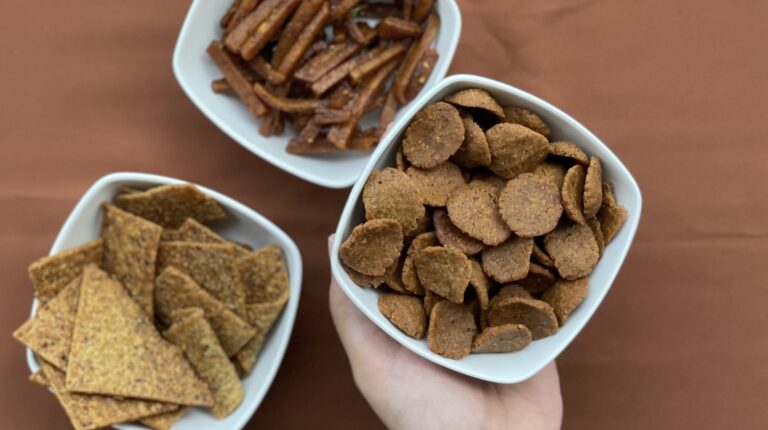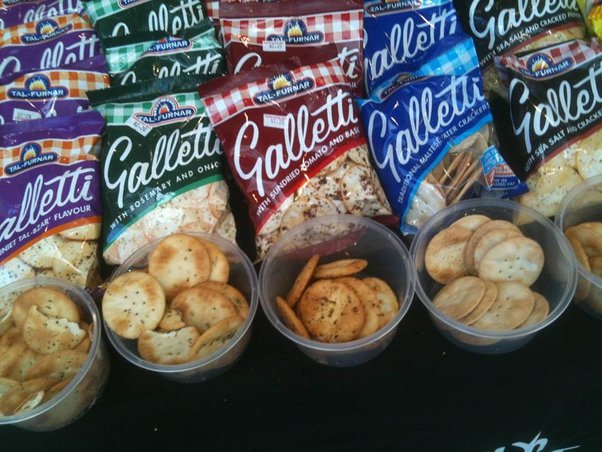Introduction to Libyan Cuisine
Libyan cuisine is a fusion of Mediterranean and North African food traditions. The country’s location on the Mediterranean coast and proximity to Egypt and Tunisia have influenced its culinary practices. The cuisine features a combination of spicy, rich, and flavorful ingredients such as vegetables, meat, seafood, and spices.
Libyan dishes are typically prepared with locally sourced ingredients. Lamb, beef, and chicken are the most popular meats used in dishes, while grains such as couscous and rice form the base of many meals. Vegetables such as tomatoes, onions, and eggplant are used to create hearty stews and salads.
Traditional Snacks and Appetizers Overview
In Libyan cuisine, it is common to serve small dishes before a meal, known as mezze. Mezze dishes are typically served with bread and include a variety of dips, salads, and appetizers. These small dishes are perfect for sharing and provide a taste of the flavors of Libyan cuisine.
Bazeen: A Popular Libyan Dish
Bazeen is a traditional Libyan dish that is typically served during special occasions, such as weddings and religious festivals. It is a thick doughy mixture made from flour, water, and salt that is cooked in a clay pot over hot coals. Bazeen is served with a spicy tomato-based sauce and meat, typically lamb or chicken.
Fatta: A Toasted Bread Salad with Meat
Fatta is a popular Libyan dish that typically consists of pieces of toasted bread, meat, and vegetables. The bread is lightly toasted and then layered with meat, tomatoes, and onions. The dish is then covered with a spicy tomato sauce and garnished with herbs and lemon juice.
Shakshouka: A Spicy Egg and Tomato Dish
Shakshouka is a spicy egg and tomato dish that is typically served for breakfast or as an appetizer. The dish consists of eggs poached in a spicy tomato sauce and flavored with onions, garlic, and cumin. Shakshouka is traditionally served with bread, which is used to soak up the flavorful sauce.
Maakroun: A Sweet Fried Pastry with Honey
Maakroun is a sweet fried pastry that is typically served as a dessert or snack. The pastry is made from semolina flour, which is mixed with water and shaped into small balls. The balls are then fried until crispy and drizzled with honey or syrup. Maakroun is a popular snack in Libya and can be found in markets and bakeries throughout the country.
In conclusion, Libyan cuisine is a rich and diverse amalgamation of Mediterranean and North African culinary traditions, incorporating a variety of fresh, flavorful ingredients. Whether it’s Bazeen, Fatta, Shakshouka, or Maakroun, Libyan snacks and appetizers offer a delicious glimpse into the richness and variety of Libyan cuisine.

